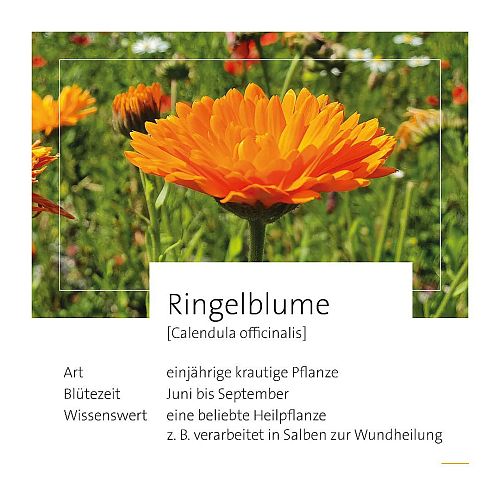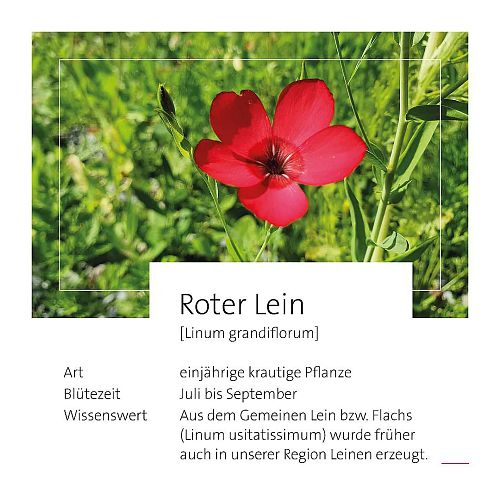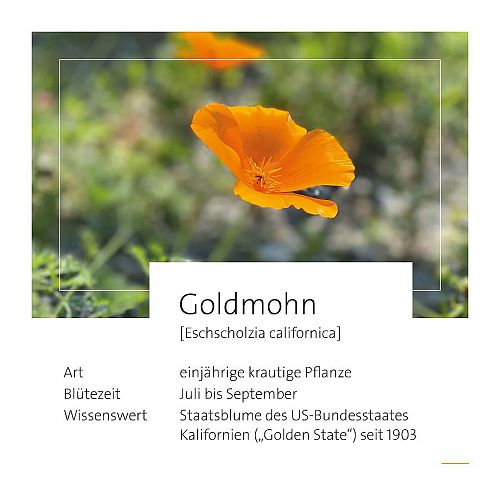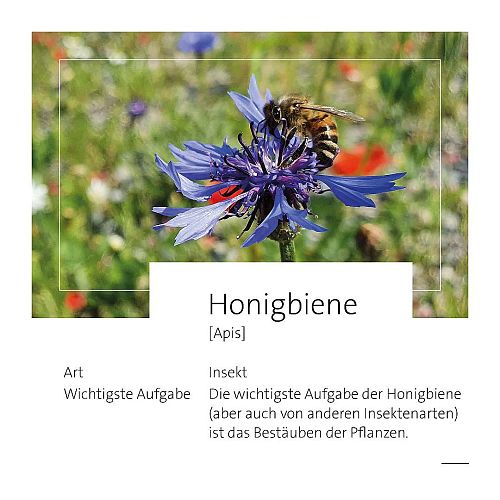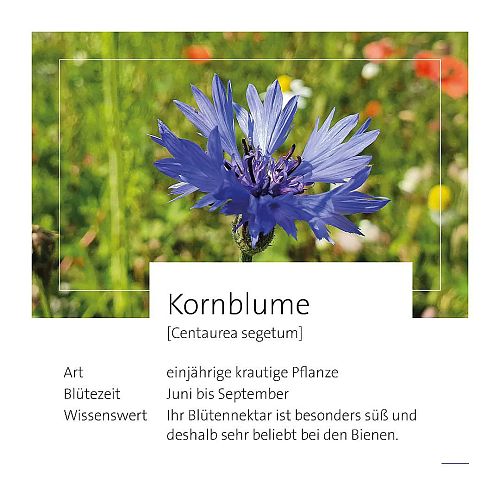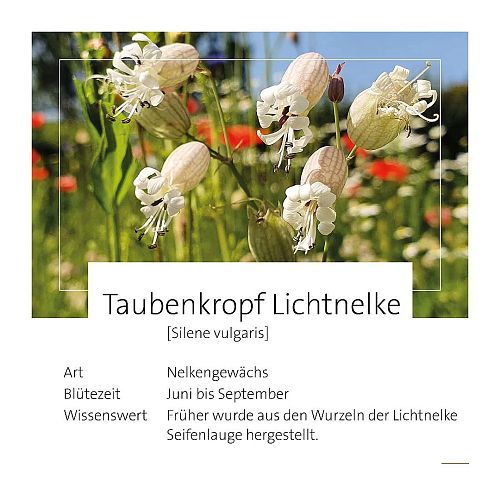Creating & preserving habitats
Promoting, recognizing and protecting diversity
(valley station Bichlalm 2-seater chairlift in Kitzbühel)
KitzSki gives natural biodiversity the space it needs. Nature is simply allowed to emerge, flourish and wither in peace. Why not take a closer look? Can you name the different flowers, insects, herbs and fruits?
Please respect nature and all its creatures. If you’ve got a dog, please put it on a lead. Keep to the marked paths. They’ve been designed so that you can enjoy the best possible view of nature without disturbing it.
Emerge, flourish and wither – the (circular) course of nature
Sowing time ─ the end is just the beginning
If a plant has been successfully pollinated when it flowered, it can develop seeds. Once ripe, the seeds find their way into the earth. It’s crucial for the seeds to be able to mature fully – mowing too early interrupts the natural reproduction cycle.
Time for growth ─ support, mindfulness and care
As the proverb says," “you reap what you sow.”"However, the right (living) conditions are needed so that the seeds can sprout perfectly. They need light, warmth, water, oxygen, carbon dioxide and a range of nutrients. The soil’s pH value also plays a significant role in whether seeds germinate.
Flowering time ─ biodiversity that you can see, hear, smell, taste and feel.
During this phase, we’ll discover how well the seed developed. Each individual plant is a key part of the rich flower buffet enjoyed by bees and other flower visitors, whose favourite foods are pollen and nectar. When feasting on the calyx, pollen sticks to these insects. When the insect moves to the next flower, pollination or natural reproduction occurs. When a flower has been successfully pollinated, seeds grow until the flower fades. These seeds then fall to the ground so they can emerge, flourish and wither themselves.
Biodiversity at the Bichlalm valley station
